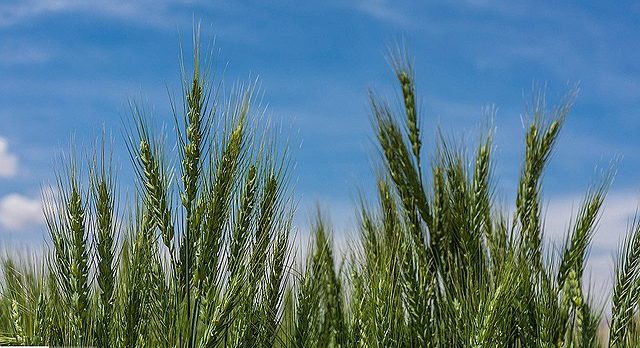Reports by Iraq’s Ministry of Trade on July 21, 2024 indicate that domestic Iraqi wheat purchases are verging on 6.3 million tonnes, the highest ever.
By July 6, the government had already bought 5.9 million tonnes locally since April, per a MENA FM story that quotes Reuters.
This means only 400,000 tonnes more remain to realize the state’s tonnage of exactly 6.305 million tonnes for the April-June harvest.
The Iraqi General Grain Trading Company in its part says this target will be easy to meet. This echoes a Trade Ministry’s statement in June 2024 on the country having already attained its yearly wheat marketing objectives.
Iraqi Wheat sector Versus Import Odds
The above remarks reinforce governmental forecasts in December 2023 of ample domestic wheat inventories that would outlast the April 2024 harvest.
In contrast, the U.S. ambassador to Baghdad had predicted in January 2024 that the country might import 3 million tonnes.
For years, Iraq has belonged to the club of wheat importing-nations in the Middle East and North Africa (MENA).
In 2022, the country imported 0.39% of world wheat worth $286 million, behind Iran. Though this was lower than Algeria’s, Morocco’s, Tunisia’s, Iran’s, Israel’s and Jordan’s imports, it was still substantially high.
Some of the reasons for the high imports in recent years was to meet growing domestic consumption. The U.S. Department of Agriculture (USDA) estimated yearly consumption by Iraqis in the 2020-21 period at between 3.96 and 8.8 million tonnes. This was against national production at around 6 million tonnes, another USDA estimate.
Having domestic surplus is therefore good news as the grain means food security in a country that has cultivated it for millennia. Actually, modern wheat first grew in the Fertile Crescent, which includes modern-day Iraq.
In short, as Iraqi wheat production edges up in 2024, the government is making record-breaking purchases domestically. And as the statistics below show, this gesture of making home purchases converts into handsome turnover for farmers.
Iraq Wheat Statistics
Iraq prides in mainly cereal cultivation, which provides the raw material for the popular unleavened bread. In 2019, wheat and other cereals occupied up to 85% of the country’s total cultivated crop area of around 5 million hectares. Wheat production, in its part, went through many fluctuations between 1970 and 2020, peaking in 2020 at 4.635 million tonnes. However, with the involvement of the government since 2021 to expand acreage, production has increased substantially. As a result, the U.S. Department of Agriculture (USDA) forecast the 2020-21 production at 6 million tonnes. Though, the 2018-19 actual production was half that forecast at 3.5 million tonnes.
How much wheat and flour does Iraq import each year?
Each year, Baghdad’s wheat imports reach 2.6 million tonnes. Unlike wheat grain imports , which are exclusive to the government, flour imports (including wheat flour) are a privilege of the private sector. Flour import value amounts to around $760 to 800 million per year.
How much do Iraqi wheat farmers receive per tonne versus the import price?
To ease off this import yoke, the government remunerates farmers with its own rates. In the 2018-19 season, it paid 560,000 Iraqi dollars for each tonne of grade 1 wheat. At the 2024 conversion rate, this amounts to $427.28 a tonne. In comparison, Iraq imported wheat at $310 per tonne in 2018, which means the government has been offering a handsome farmer rate.
How much wheat do Iraqis consume per capita?
Iraqi is not the highest consumer of wheat in the MENA region, which goes to Turkiyé and Iran, but it ranks highly globally. In 2021, Iraq earned the 24th position worldwide in wheat consumption at 138.05 kg per person per year while Iran had 151.98 kg per capita. In comparison, top-ranking Serbia had 200.24 kg per capita in 2021.
